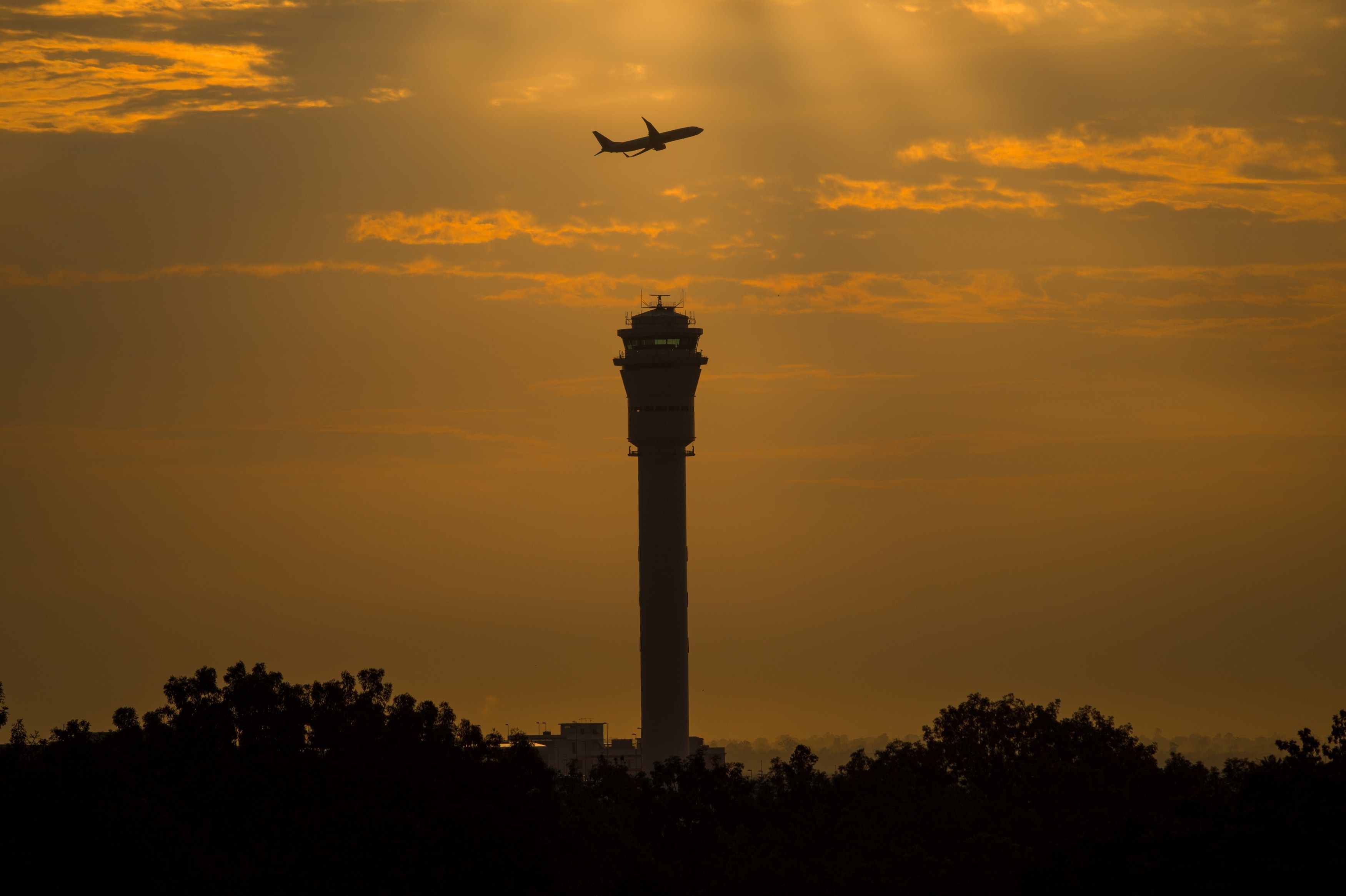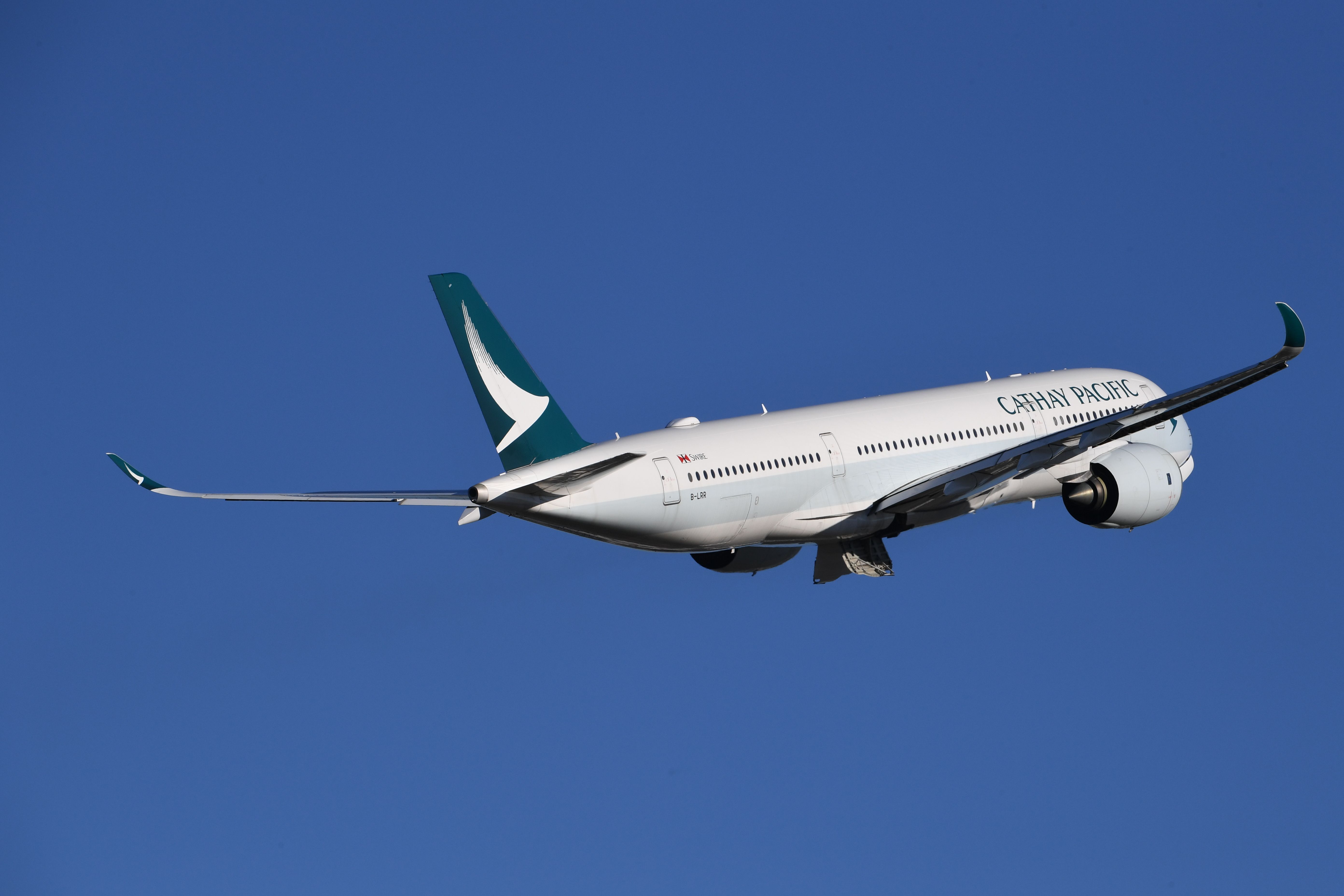The Association of Asia Pacific Airlines (AAPA) released preliminary August 2022 traffic figures for the Asia-Pacific today. The results paint an encouraging picture for the region suggesting robust recovery, although there was a dip in cargo markets. But despite the positive trends, Asia-Pacific continues to lag in overall recovery, with key markets such as China not fully reopened.
Sharp jump in August traffic
Airlines in Asia-Pacific witnessed a good recovery in international air passenger markets as pent-up travel demand continued to fuel growth, despite increasingly challenging global economic conditions.
According to AAPA's latest figures, airlines in the region flew a combined 13.1 million international passengers, compared to just 1.4 million recorded in the same month last year, and around 39% of 2019 figures.
When measured in revenue passenger kilometers (RPK), demand grew by 501.3%, while available seat capacity was up by 174.5% compared to a year ago. Consequently, the international passenger load factor jumped by 42.3% to an average 77.9% for the month.
Subhas Menon, AAPA Director General, commented,
“The healthy growth in international passenger traffic in the first eight months of the year shows strong travel demand from business and leisure sectors, even as persistently high inflation curtailed spending elsewhere.”
Cargo witnesses a dip
Cargo operations were hampered by reduced export demand, which showed in the figures, too. The international air cargo demand in freight tonne kilometers (FTK) for August declined by 7.9% year on year.
Get the latest aviation news straight to your inbox: Sign up for our newsletters today.
This was despite the fact that offered freight capacity expanded by 5.2%, with the ongoing recovery in commercial passenger operations adding available belly hold space. This led to a sharp 9.5% fall in the average international freight load factor to 66.4% in August.
Although the cargo numbers followed a downward graph, Menon was relieved to see the continuing upswing in passenger revenue despite cost pressures driven by high jet fuel prices.
Is it enough?
While the August numbers are encouraging, Asia-Pacific continues to struggle in terms of recovery as several key markets are yet to open fully. According to the forecast made by the Airports Council International (ACI) last month, the region is not likely to retain its top aviation market tag for long, given the slow growth rate compared to the rest of the world.
ACI Asia-Pacific believes that by the end of 2022, passenger traffic in the region will only recover by about 55% compared to pre-pandemic levels. This is in stark contrast to other regions where recovery is substantially higher and estimated to be approximately between 70% and 80%.
Much of the lead enjoyed by Asia-Pacific pre-COVID was because of the robust demand from China and Japan. But China's tougher border measures and Japan's measured approach towards relaxation of inbound travel restrictions have meant that that lead is gradually eroding.
Menon added,
"Amid an increasingly gloomy macroeconomic outlook, the lifting of travel restrictions in the major North Asian markets of Japan, South Korea and Hong Kong will hasten the pace of the industry’s return to health, while full recovery is not expected until China is also open. The cooperation of all stakeholders is key to facilitating a smooth recovery in air travel."
With COVID no longer the headline-grabbing monster it once was, everyone is counting on the prime markets in Asia-Pacific to open properly to fuel the sector's growth and recovery.
What are your views on this? Please leave a comment below.


.jpg)
.JPG)
